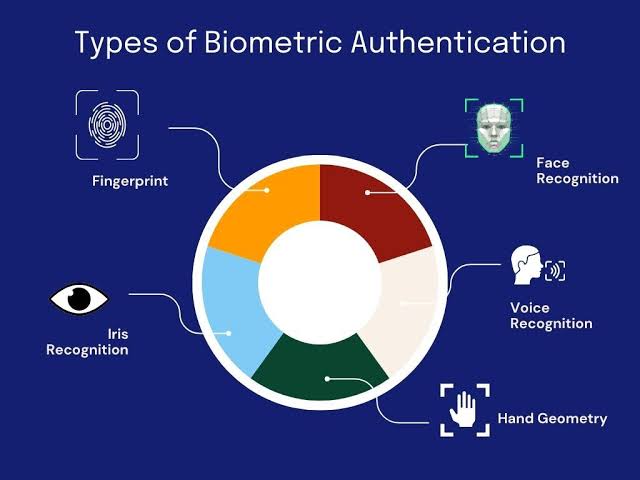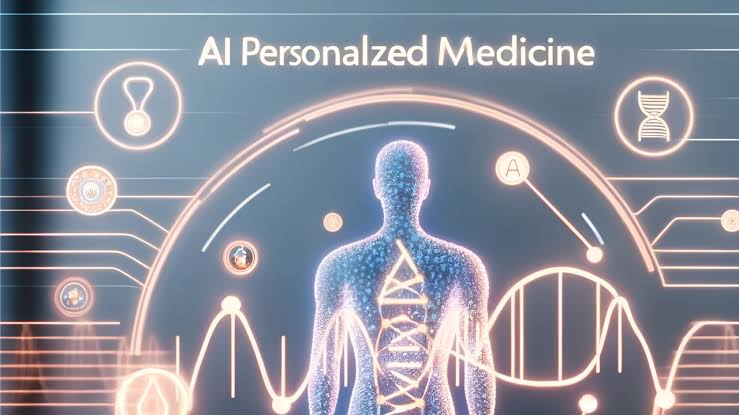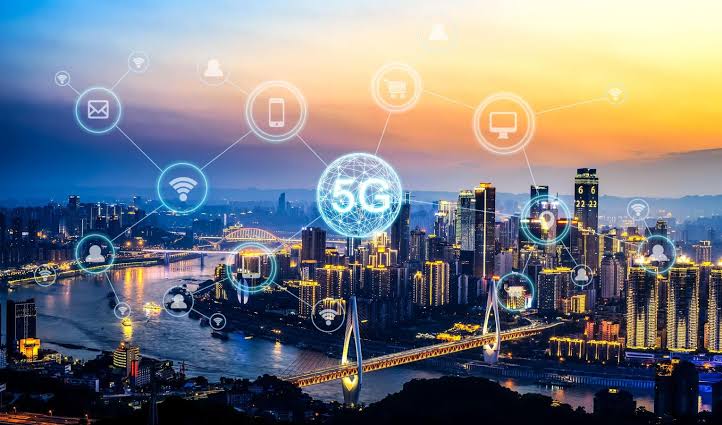Biometric authentication has become an integral part of digital security in 2025. From unlocking smartphones to accessing banking apps and secure facilities, biometric systems are now widely used around the world.
This method relies on unique physical or behavioral characteristics such as fingerprints, facial recognition, iris scans, and voice patterns. The aim is to provide a quick and reliable way to verify identity without relying on passwords or physical keys.
While the technology continues to evolve and offer increased convenience, it also brings along challenges that cannot be overlooked.
The Growing Popularity of Biometrics
One of the reasons biometric authentication is now mainstream is due to the demand for faster, more secure login systems. People are overwhelmed with passwords and PINs. Biometrics offers a seemingly foolproof solution that eliminates the need to remember complex codes.
From mobile payment systems to border control processes, biometric technology is now embedded in everyday life. According to a July 2025 report by the Global Identity Security Alliance, over 85% of smartphones and 60% of workplaces worldwide use some form of biometric security.
Its speed, ease of use, and minimal user interaction make it highly attractive to both individuals and organizations.
Benefit: Enhanced Security and Identity Protection
One of the strongest arguments in favor of biometric authentication is the increased level of security it offers. Biometric traits are unique to individuals, making it much harder for unauthorized persons to gain access.
Unlike passwords, which can be guessed or stolen, biometric data cannot be easily replicated. Advanced scanners also use liveness detection to avoid being fooled by photographs or artificial imitations.
In 2025, businesses handling sensitive data—especially in healthcare, finance, and government—are adopting multi-modal biometrics (using more than one biometric factor) to tighten access controls and reduce fraud.
Benefit: Convenience and Speed
Another major benefit is convenience. People no longer have to remember or reset complex passwords. A fingerprint or facial scan takes seconds and simplifies tasks like logging into an app, verifying a payment, or passing through airport security.
This is particularly valuable in mobile devices and remote work environments where fast, secure access is essential. Biometrics streamlines daily interactions, making digital tools more user-friendly without compromising safety.
In the retail sector, contactless biometric payments are also accelerating, thanks to increased hygiene awareness and the push for frictionless transactions.
Benefit: Lower Long-Term Operational Costs
Although the initial implementation of biometric systems can be costly, businesses can save money over time. There’s less need for password management systems, fewer help desk requests for resets, and reduced risk of security breaches that can lead to costly damage.
In 2025, cloud-based biometric solutions are increasingly available at scalable pricing, making it more accessible for small and medium-sized businesses. Many platforms integrate seamlessly with existing IT infrastructure, minimizing setup and training costs.
Drawback: Privacy Concerns and Data Misuse
Despite the clear benefits, biometric authentication raises significant privacy concerns. Biometric data is deeply personal, and if it’s stolen or misused, the consequences can be severe.
Unlike passwords, biometric traits cannot be changed. A leaked fingerprint or iris scan is compromised forever. In 2025, several global incidents involving biometric data breaches have reignited debate over ethical data handling and consumer consent.
Users are increasingly wary of companies storing their biometric data without transparent policies. In response, stricter regulations—like the Biometric Information Privacy Acts (BIPA) emerging in several countries—are being enforced.
Drawback: Risk of Technological Errors
Biometric systems are not foolproof. False rejections (when authorized users are denied access) and false acceptances (when unauthorized users are granted access) can still occur.
Factors like lighting, camera angles, injuries, or aging can impact accuracy. Voice recognition may fail in noisy environments or due to temporary health conditions like a sore throat.
Even in 2025, the technology hasn’t reached 100% accuracy. This makes it important to have backup access methods—like passcodes or manual verification—to ensure usability without compromising security.
Drawback: Implementation Costs and Maintenance
Setting up biometric systems, especially at scale, requires a significant investment. High-end scanners, secure storage systems, software licensing, and ongoing maintenance costs can add up quickly.
For smaller organizations or those in developing regions, these expenses may outweigh the benefits. Biometric systems also require constant updates to remain effective against evolving spoofing techniques.
Moreover, integrating new biometric tech into legacy systems can present compatibility and workflow challenges.
Drawback: Ethical and Legal Implications
The use of biometric data sparks ethical debates, particularly around consent and surveillance. Critics argue that widespread facial recognition in public places can lead to mass surveillance and misuse by governments or corporations.
In 2025, legal frameworks are still catching up. While regions like the European Union and Canada have introduced guidelines for ethical biometric use, enforcement and global consistency remain weak.
If not properly regulated, there’s a risk of discrimination or misuse, especially in law enforcement or employment scenarios.
Conclusion: Balancing Innovation with Responsibility
Biometric authentication undoubtedly offers valuable advantages—better security, convenience, and cost efficiency. Its growth in 2025 is a sign that users and organizations alike value frictionless yet secure access.
However, the risks cannot be ignored. Data privacy, error rates, implementation hurdles, and legal uncertainty are real issues that need to be addressed with caution.
As the technology continues to evolve, the key will lie in balancing innovation with responsibility. Clear policies, robust safeguards, and transparent communication will help ensure that biometric authentication serves as a secure tool without infringing on individual rights.



